What is an Aga? ( Very Long! and Xposted)
marthavila
14 years ago
Featured Answer
Sort by:Oldest
Comments (29)
covingtoncat
14 years agolast modified: 9 years agozeebee
14 years agolast modified: 9 years agoRelated Discussions
What is an Aga? ( Very Long! and Xposted)
Comments (101)Your comments are easing the pain of this long drawn out reno we've been living in. I started the demo in Jan and have been working every day, night and weekend as I've done all the work myself. I've already used up all my vacation time for the year. I can't comment to much on the "actual" cooking experience as DW is the only cook in our house, I just reap the benefits. This kitchen is for her for because she deserves it and has always wanted an AGA and a beautiful kitchen. Our first meal was pancakes of course! The kids love pancakes. quiltgirl Regarding our counters, we have about 36" to the right and about 60" to the left. There is a large island directly across from the AGA. The granite was templated a week ago and should be ready for install in a week or so....See MoreInduction users: How long to boil water?(Xpost with Kitchens)
Comments (3)As much as the power of the element, the construction of the pan has a lot to do with the speed. I always carry a small magnet in my coin purse to check the base of pans in stores. Many pans labeled for induction have a very strong attraction to the magnet but others, less so. The ones with the stronger magnetic attraction will heat faster. I would compare the magnetic attraction of the base of this pan with the base of other pans. I fill large pots with hot water for tasks like boiling pasta and especially on the 3000 watt element, pans made by All-Clad, Schulte-Ufer, Silit & WMF are very fast....See Morewho cooks with AGA traditional oven ..what do you think?
Comments (19)Did you ever get one? I can recommend my installer (who I think has NYC in his service area). Mine is inside my second floor apartment and has caused no issues. I have a large kitchen and a two oven aga; I did keep my conventional range too but only use it very rarely. It is handy to have for large or complicated meals and for cakes which need a longer bake at a moderate temperature. The Aga does make the kitchen extremely hot in summer; I plan to shut it off for June-August moving forward. It uses a fairly significant amount of gas too, costs me about $50 monthly to run it. As a cooking tool it is fabulous! Excellent breads and incredible roast meats or veg. I don't understand the 'moist heat' comment but think she means that the radiant heat keeps the foods moist inside; my sense is that the ovens sear the outside of foods very quickly so the insides remain moist. There is also (I think) less air exchange in the ovens so vapors from cooking linger which may also help prevent drying out of food. Basic things like rice or potatoes (boiled, baked, or roasted) are so easy and almost impossible to screw up. Brings large pots of water to the boil incredibly fast (admittedly, it can only do this once and then needs time to recover). The ovens are small but can be filled right up; you cook stuff right on the floors and can pile pots on top of each other. The Aga cookware slides on the tracks on the sides of the ovens so you don't need to use shelves; I keep one shelf on the bottom of my simmering oven but otherwise don't use racks at all for the most part. It is also lovely for keeping dry towels and dish rags and keeping the kitchen warm and drying shoes and damp coats etc. The three oven adds a useful addition of 50% capacity over my two oven, plus a more moderate temperature for baking. I have heard that the baking oven tends to approach roasting oven temperatures when cooking a large meal but using the cold shelf and the large roasting tin helps to create a cooler micro-climate within the oven for things that need less intense heat. If you have a good air conditioning system, you might be fine with just the three oven to run year-round. If you throw a lot of large dinner parties or think you might want to shut it off in summer, I would only install if you have space for a small conventional range or cooktop/wall-oven combo elsewhere in the kitchen. A couple of burners (electric or gas) would be useful. The extra cooking facilities are not required but are likely helpful. Here is a link that might be useful: my Aga...See MoreWhat color of AGA should we get
Comments (32)Vanisleevt: Congratulations on asking the $64 Million question about where's the link to more photos of my kitchen! So here's my 2 cents answer: There ain't one! LOL! I'm sorry. I really need to stop posting those same photos that show only the range and fridge wall of my kitchen and nothing else. It really is getting to become a bit of a tease (or a bore) for some. But, the truth is, I'm just not ready to post the whole finished kitchen online as yet as there are some issues still to be resolved on the sink wall side of this galley-style kitchen. So, now let me make the same promise to you I've been making everyone else: I promise to post my whole darn kitchen reno in the year 2010! In the meantime, if you are seriously curious, just email me offline. I don't mind sharing "secret" photos of my whole kitchen, one-on-one. :-) As for colors, I totally understand your DW's take on the red. You really have to be a certain kind of person to invest in a red range. One who not only likes and can live with bold color (as Igloo notes) -- but also is not overly concerned about design trends and resale value. As a baby boomer who is nearing retiremenet age, this happens to be the only major kitchen remodel I have ever done or ever hope to do in my lifetime. As such I've decided to "just do it!" in terms of going for the things I really want. Funny thing is -- when I first started out, I was determined to buy a black Aga! However, after I saw one in the showroom, it impressed me as too severe. Unlike Igloo's gorgeous black Lacanche, for example, with it's fancy trim, the Aga's trim is fairly minimal in comparison. Further, the 6-4's black enamel rangetop, combined with the black range body looks almost funereal to me. (My apologies to anyone reading this who has a black Aga 6-4!; Just expressing personal biases here). At the same time, the moment I saw the claret red Aga in the showroom, I knew my search was over. That color on that range just sings to me! Indeed, I often say that range chose me. And when you have such a feeling, then you know you've done the right thing by answering that call -- whether anyone else hears it or likes it or not. (Although, most visitors to my kitchen like it a lot as well. Woo hoo!) While I prefer the Agas in colors (not just claret red), I can also see why your DW is taken with the cream Aga. It looks gorgeous in cream! But, again, I'm at a loss as to what white cab color to suggest in that case and I continue to think your best bet would be to get an Aga cream color sample and use that to help you in choosing your cab color. One last thing I'd like to say to all that are reading this post because maybe you're curious about the Aga and perhaps are even considering buying one (this is not meant for you, Vanisleevt): Beware of a huge amount of confusion in the marketplace as to what is an Aga! In short, there are three kinds of Aga: (A) the the original Aga cooker; (B) The Aga 6-4 and Aga Companion and (C)The Aga Legacy. Although all three bear the Aga name, they are seriously not the same machine. From one unit to another, not only their looks but also their performance functions can vary significantly. But that's a whole other thread for another day! For now, I'm out of here! P.S. Judy -- ditto to you girlfriend! I could never ever tire of seeing that fab kitchen of yours! And Igloo- I can't wait to see what you are going to do with your grand Vic; From what I've seen of your creative hand already, it will be a masterpiece, I'm sure!...See MoreUser
14 years agolast modified: 9 years agomarthavila
14 years agolast modified: 9 years agoholligator
14 years agolast modified: 9 years agoigloochic
14 years agolast modified: 9 years agodonnaclaire
14 years agolast modified: 9 years agoquiltgirl
14 years agolast modified: 9 years agomarthavila
14 years agolast modified: 9 years agoGena Hooper
14 years agolast modified: 9 years agovanisleevt
14 years agolast modified: 9 years agoholligator
14 years agolast modified: 9 years agoigloochic
14 years agolast modified: 9 years agoplllog
14 years agolast modified: 9 years agovanisleevt
14 years agolast modified: 9 years agomarthavila
14 years agolast modified: 9 years agoGena Hooper
14 years agolast modified: 9 years agovanisleevt
14 years agolast modified: 9 years agobelle_phoebe
14 years agolast modified: 9 years agovanisleevt
14 years agolast modified: 9 years agodonnaclaire
14 years agolast modified: 9 years agomarthavila
14 years agolast modified: 9 years agoGena Hooper
14 years agolast modified: 9 years agomarthavila
14 years agolast modified: 9 years agoJohn Liu
14 years agolast modified: 9 years agoplllog
14 years agolast modified: 9 years agomarthavila
14 years agolast modified: 9 years agomarthavila
14 years agolast modified: 9 years ago
Related Stories
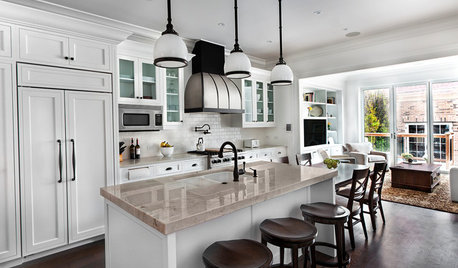
KITCHEN OF THE WEEKKitchen of the Week: Good Flow for a Well-Detailed Chicago Kitchen
A smart floor plan and a timeless look create an inviting kitchen in a narrow space for a newly married couple
Full Story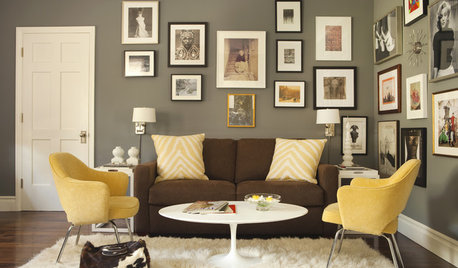
HOUZZ TOURSHouzz Tour: Balancing His and Hers Style
Traditional and modern tastes blend in Beverly Hills home
Full Story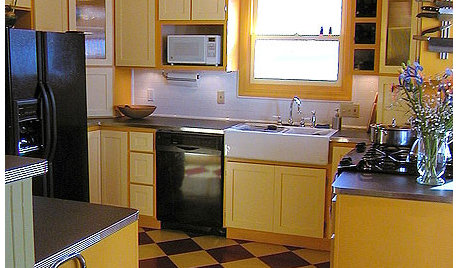
KITCHEN DESIGNKitchen Remodel Costs: 3 Budgets, 3 Kitchens
What you can expect from a kitchen remodel with a budget from $20,000 to $100,000
Full Story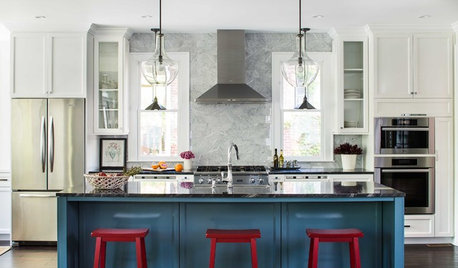
KITCHEN DESIGN9 Kitchen Color Ideas With Staying Power
Stick to these classic color combinations for a kitchen that will never go out of style
Full Story
TRANSITIONAL HOMESHouzz Tour: Elegant Georgian Townhouse for a Family of 6
Abundant storage, custom touches and luxurious fabrics outfit a sumptous London home suited to modern family life
Full Story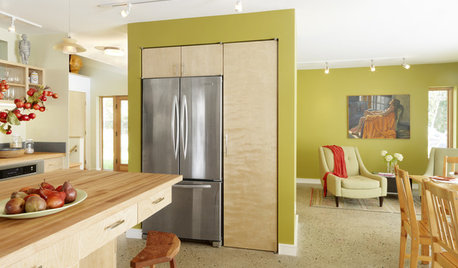
REMODELING GUIDESGet the Look of a Built-in Fridge for Less
So you want a flush refrigerator but aren’t flush with funds. We’ve got just the workaround for you
Full Story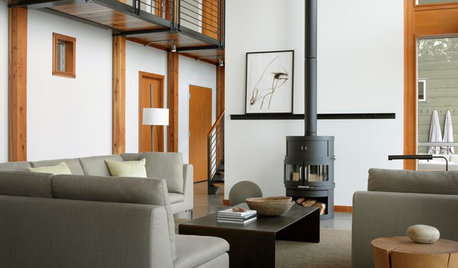
REMODELING GUIDESClean-Burning Woodstoves Ignite a Greener Heating Trend
No need to rely on oil or gas to heat your home — new woodstove designs burn cleanly and are beautiful to boot
Full Story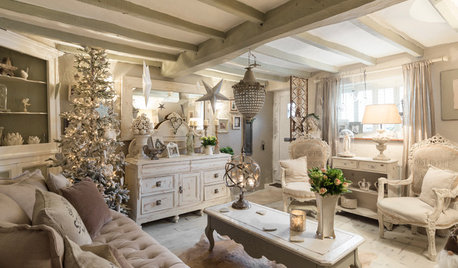
TRADITIONAL HOMESMy Houzz: A Dark Cottage Gets Merry and Bright
The characterful details and period charm of an English farmhouse make it the perfect place to celebrate a traditional Christmas
Full Story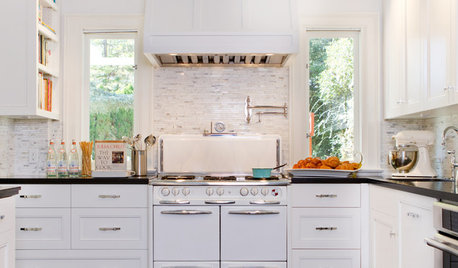
VINTAGE STYLERevel in Retro With Vintage and New Kitchen Appliances
Give your kitchen old-fashioned charm with refrigerators and stoves that recall yesteryear — even if they were made just yesterday
Full Story


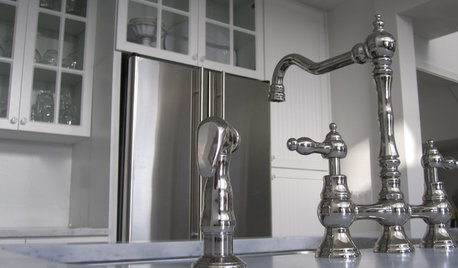
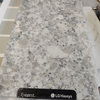
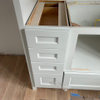
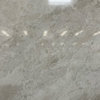
vanisleevt